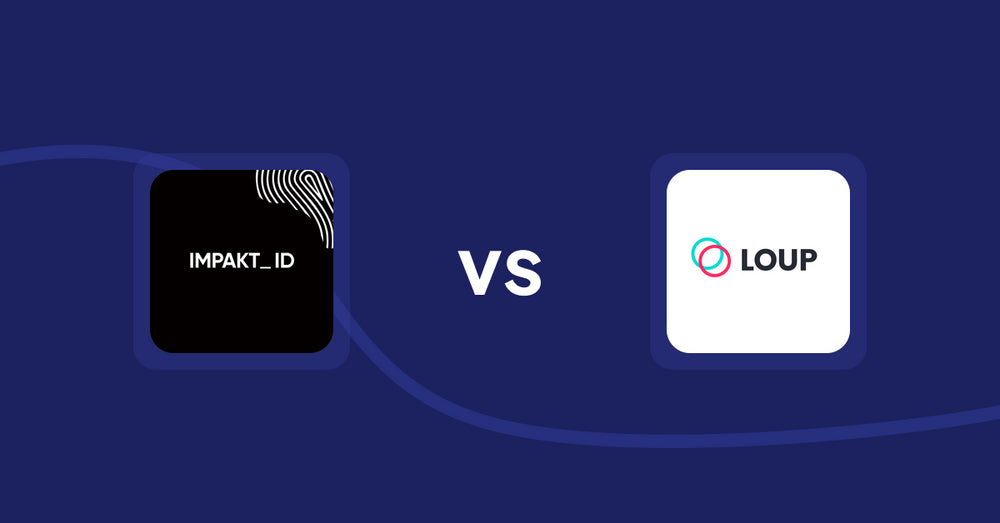Shopify Product Display Apps: TableFlow Specification Table vs Cost Per Item

Table of Contents
- Introduction
- How Does TableFlow Specification Table Work?
- How Does Cost Per Item Work?
- How Much Does TableFlow Specification Table Cost?
- How Much Does Cost Per Item Cost?
- Cost Analysis: TableFlow Specification Table vs. Cost Per Item
- User Reviews & Customer Support Insights
- Integration and Compatibility Comparison
- Conclusion
Introduction
In the realm of online shopping, how products are displayed can make a significant difference in both customer engagement and sales. According to recent studies, the way a product is presented can lead to a staggering increase in conversion rates by as much as 80%. This illustrates the importance of effective product display apps, which enhance user experience and ultimately drive sales revenue.
Within this context, we will explore two notable Shopify applications: TableFlow Specification Table and Cost Per Item. These apps provide distinct features aimed at improving product displays, simplifying integration with e-commerce platforms, and positively impacting customer experiences. While both applications offer valuable options, our focus will highlight why TableFlow Specification Table stands out as the more comprehensive solution for businesses looking to enhance their product display.
How Does TableFlow Specification Table Work?
TableFlow Specification Table is a powerful tool designed to simplify the way merchants display product specifications on their Shopify stores. Its functionality revolves around creating organized, structured tables that can present a multitude of attributes and unique details for each product.
Key Features and Benefits
-
Unlimited Products and Tables: With TableFlow, you can create tables for an unlimited number of products and organize them into groups. This is particularly beneficial for large inventory stores—like those in the electronics or apparel sector—where multiple specifications need to be displayed efficiently.
-
Real-Time Data Updates: This feature allows the specification table values to change dynamically as users select different product variants. For example, in a clothing store, if a customer chooses a different size or color, the table will automatically update to reflect relevant information, enhancing customer clarity and satisfaction.
-
Conditional Display Logic: TableFlow enables conditional visibility of tables based on product groups or tags, allowing merchants to customize which specifications are visible for different product categories. This personalized approach can cater to various segments of the customer base, providing relevant details without overwhelming them.
-
Multi-Column and Tooltip Support: The app supports multi-column tables, allowing businesses to display various details like size, material, and care instructions simultaneously. Additionally, tooltips can provide extra information without cluttering the interface, enhancing user experience.
-
Custom Templates: Options for templates like specification tables and multi-column layouts with card views help businesses maintain aesthetic consistency while catering to specific display needs.
The versatility and unique functionalities of TableFlow Specification Table make it ideal for businesses of all sizes—from startups needing a simple display solution to large enterprises looking for a comprehensive product data presentation.
Hypothetical Scenarios
Imagine a startup selling various gadgets: they can utilize TableFlow to show numerous specification tables for each item, improving customer assurance before purchase. Conversely, a large enterprise dealing with hundreds of products can conditionally display different features based on product variations, ensuring customers see only relevant information, minimizing confusion, and enhancing the shopping experience.
How Does Cost Per Item Work?
Cost Per Item focuses specifically on displaying product margins and costs, providing transparency on pricing for customers. While its simplicity can be appealing, it does not offer the same breadth of features as TableFlow Specification Table when it comes to product display options.
Key Features and Benefits
-
Cost and Margin Display: The primary function of Cost Per Item is to show customers the cost of items and their margins. This is useful for fostering trust, as customers appreciate understanding the underlying pricing structure when shopping.
-
Unlimited Product Capability: Similar to TableFlow, this app allows unlimited products, making it suitable for stores with varying inventories.
-
Variant-Based Pricing: The feature of displaying costs and margins based on product variants provides businesses with a granular view of profitability, aiding in inventory and pricing strategy.
Despite its strengths, Cost Per Item may not appeal to all businesses. Startups might benefit from the straightforward pricing information provided, but larger enterprises may find its limited feature set less effective for comprehensive product display needs.
How Much Does TableFlow Specification Table Cost?
When considering the financial aspect of any application, cost-effective solutions are critical. TableFlow Specification Table offers a single pricing tier that provides universal access to its comprehensive features.
Pricing Tier Overview
- Price: $5.96/month
- Features: Unlimited products, unlimited tables in groups, real-time specification updates, and email support are included in the basic plan.
- Limitations: The single plan might seem limiting for those looking for scaled pricing, but the extensive features available cover most business needs.
- Target Audience: This pricing is beneficial for startups and small to medium enterprises aiming for a powerful yet accessible product display tool without overwhelming complexity.
- Additional Costs: Currently, there are no disclosed hidden fees.
“It is important to note that you can always reach out to our team and we can create a custom pricing plan to suit your needs and your budget. Schedule a call via this link and we’ll come up with the best solution for you and your business.”
How Much Does Cost Per Item Cost?
For businesses focused on budget, understanding pricing models is essential. Cost Per Item also offers a single pricing tier, albeit with fewer functionalities.
Pricing Tier Overview
- Price: $1.99/month
- Features: Unlimited products, cost and margin display, and variability by product variant are included.
- Limitations: The simplistic feature set is limited to cost and margin displays, which may not provide sufficient information for complex product catalogs.
- Target Audience: This plan is particularly well-suited for small businesses looking to offer transparency in pricing.
- Additional Costs: No additional fees are indicated.
Cost Analysis: TableFlow Specification Table vs. Cost Per Item
When comparing the two applications, TableFlow Specification Table offers significant value for its cost. While Cost Per Item is more affordable at $1.99, the broad range of features available in TableFlow at $5.96 provides a stronger value proposition, especially for businesses that need detailed product displays and real-time updates.
Moreover, TableFlow’s pricing is competitive considering its capabilities, as businesses investing a bit more can gain powerful features that might lead to higher customer satisfaction and ultimately more sales in the long run.
User Reviews & Customer Support Insights
Is TableFlow Specification Table Good?
With a solid rating of 5 stars from 64 reviews, TableFlow Specification Table has garnered positive feedback, primarily for its user-friendly interface and extensive features. Users commend its ability to streamline complex product displays without losing essential information, significantly enhancing their e-commerce operations.
Is Cost Per Item Good?
While Cost Per Item boasts a perfect rating of 5 stars, this is based on just one review. Users likely appreciate its simplicity and clarity in displaying costs, though it remains to be seen how it performs in diverse, high-volume retail settings. Moreover, the very limited feedback could indicate a lack of wider adoption.
Customer Support Feedback: Good customer support can make or break an application; however, there are no specific mentions of support quality for Cost Per Item. TableFlow’s commitment to email support suggests a proactive approach to customer engagement, contributing positively to user experience.
User Preference: TableFlow Specification Table or Cost Per Item?
In assessing user preferences, it's clear that TableFlow Specification Table emerges as the favored choice due to its robust feature set and numerous positive reviews. While both apps strive to enhance product display, it’s evident that TableFlow offers a superior solution for businesses seeking an effective way to showcase product specifications.
Integration and Compatibility Comparison
TableFlow Specification Table Integrations
TableFlow Specification Table integrates seamlessly with Translate & Adapt, offering multilingual capabilities that are invaluable for businesses reaching global markets. This flexibility enhances customer experience across different languages, promoting wider accessibility.
Cost Per Item Integrations
Cost Per Item does not specify integrations, which may limit its usability in broader e-commerce operations. This lack of integration can be a drawback for businesses interested in fully optimizing their product display alongside other systems.
Conclusion
Both TableFlow Specification Table and Cost Per Item deliver unique solutions for improved product display. However, TableFlow shines with its extensive feature set, user-friendly experience, and flexible integration options. Its ability to transform a product's digital presentation significantly contributes to customer satisfaction and increased sales, making it a more effective tool for diverse business sizes and types.
In a competitive online marketplace, investing in a display app that offers comprehensive functionality will yield better results than a simpler alternative. Ultimately, for e-commerce businesses aspiring to provide detailed, organized, and engaging product information, TableFlow Specification Table stands out as the superior choice.
Still Searching for the Perfect Customization Solution?
Stop searching and start thriving with Accentuate Custom Fields! This powerful metafield management app supercharges Shopify’s native features, giving you the tools to create a truly personalized customer experience.
Why Choose Accentuate Custom Fields?
- Advanced Customization: Unlimited field definitions, logical grouping, and custom layouts make your store one-of-a-kind.
- Enhanced Editor Experience: Effortlessly edit variant metafields, use advanced HTML and markdown editors, and sync field definitions between stores.
- Flexible Management: Import/export capabilities, automatic tagging, and comprehensive support for Metaobjects and versioning.
- 24/7 Support: If you have any questions or need assistance, our team is available around the clock to help with any custom modifications to suit your store.
Join over 12,000 merchants, including top Shopify Plus stores, who trust Accentuate for their customization needs. With a stellar 4.9-star rating, Accentuate is the go-to tool for advanced CMS needs, offering unmatched flexibility and control over your store’s content. Elevate your Shopify store with high-quality content that boosts customer experiences and conversions. Tell your story, showcase your products, and create an engaging customer journey with ease.
Experience the Accentuate difference and watch your Shopify store thrive!
Accentuate vs Competition
Explore how Accentuate Custom Fields stands out. Whether you’re aiming to customise your storefront, streamline operations or improve content management, see how we compare against the competition
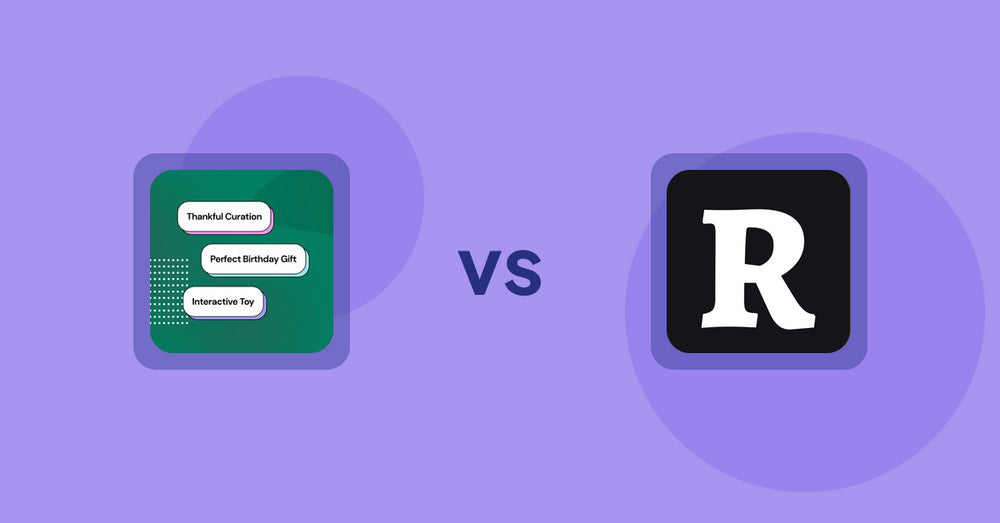
Shopify Product Display Apps: FeatureFrame ‑ Pretty Product vs. AI SEO: Top Product Features
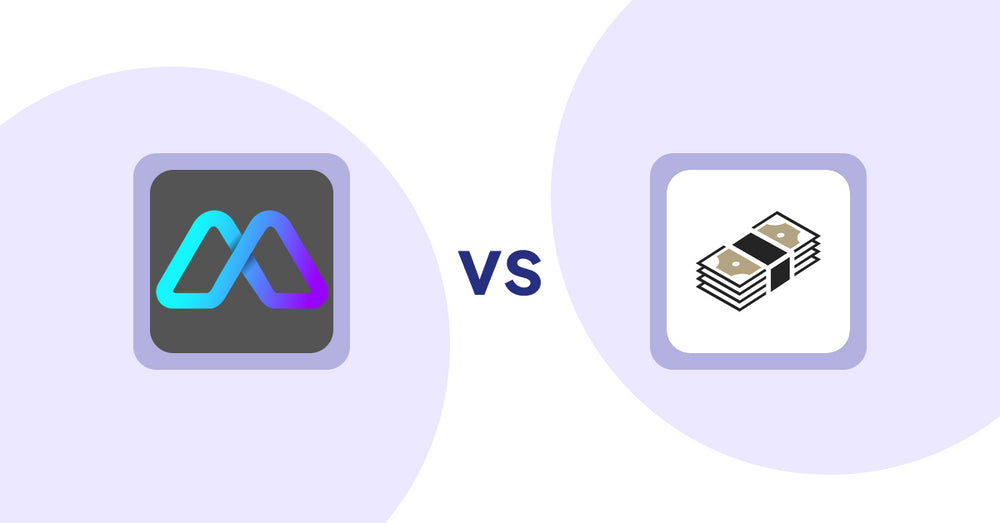
Shopify Product Display Apps: Metadrob: Create Virtual Store vs シンプルクラウドファンディング|お手軽自社クラファン
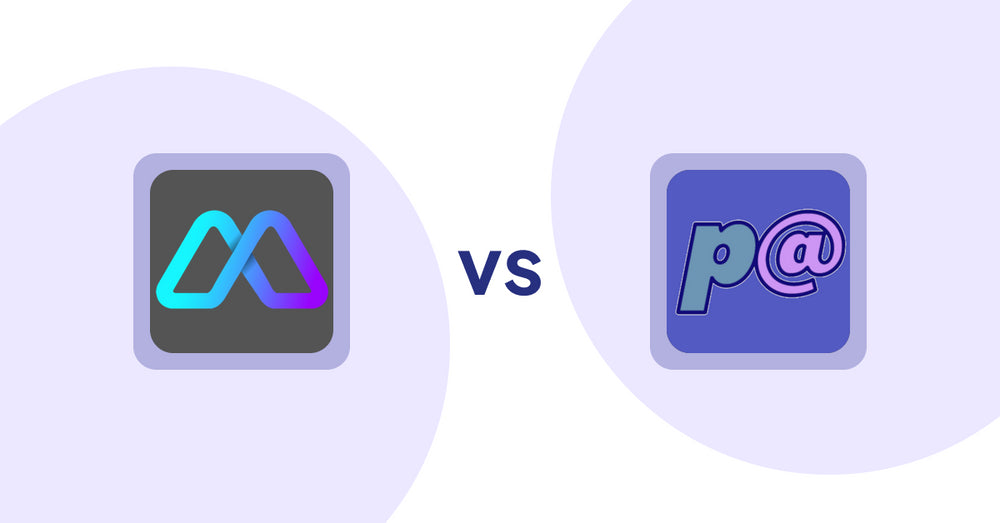
Shopify Product Display Apps: Metadrob: Create Virtual Store vs Parameterizer
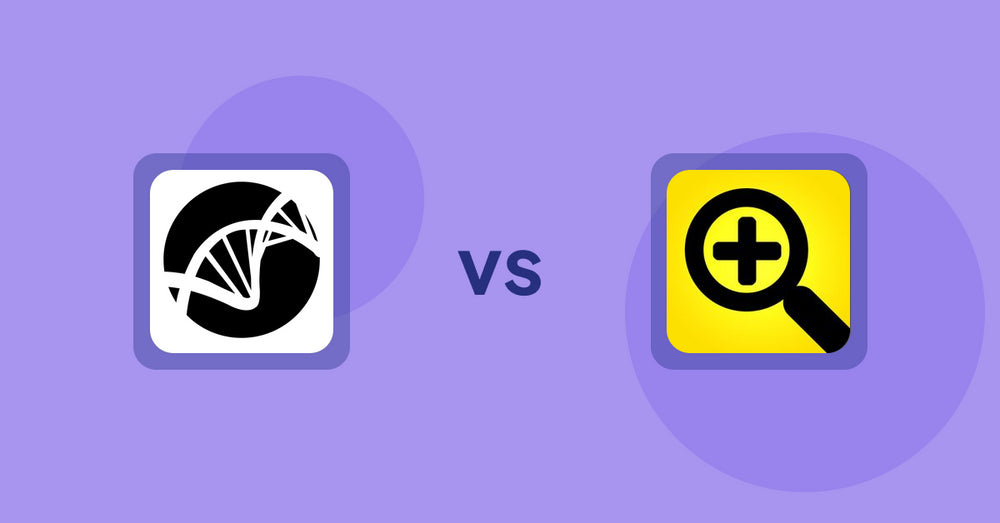
Shopify Product Display Apps: Bike Matrix vs. Fast View: Fastest Quick View
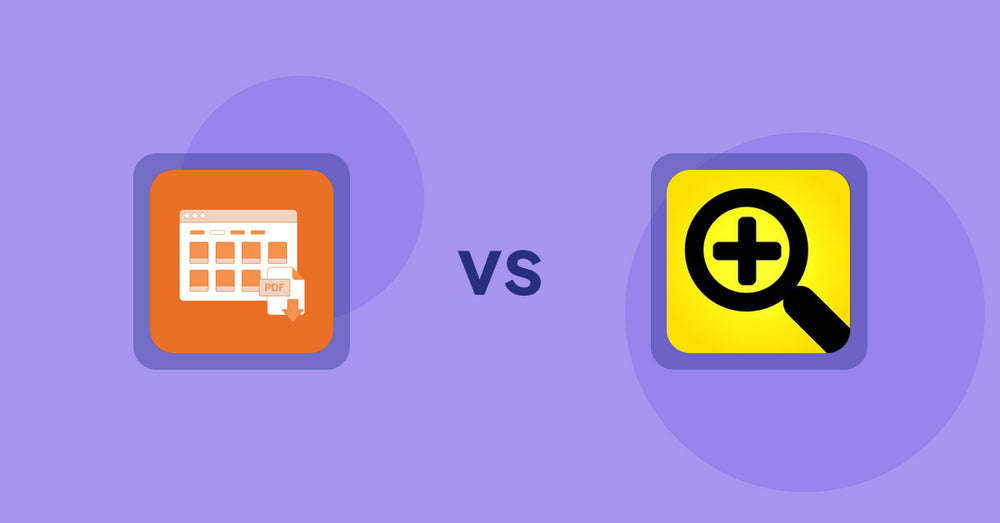
Shopify Product Display Apps: Meetanshi PDF Product Catalog vs Fast View: Fastest Quick View
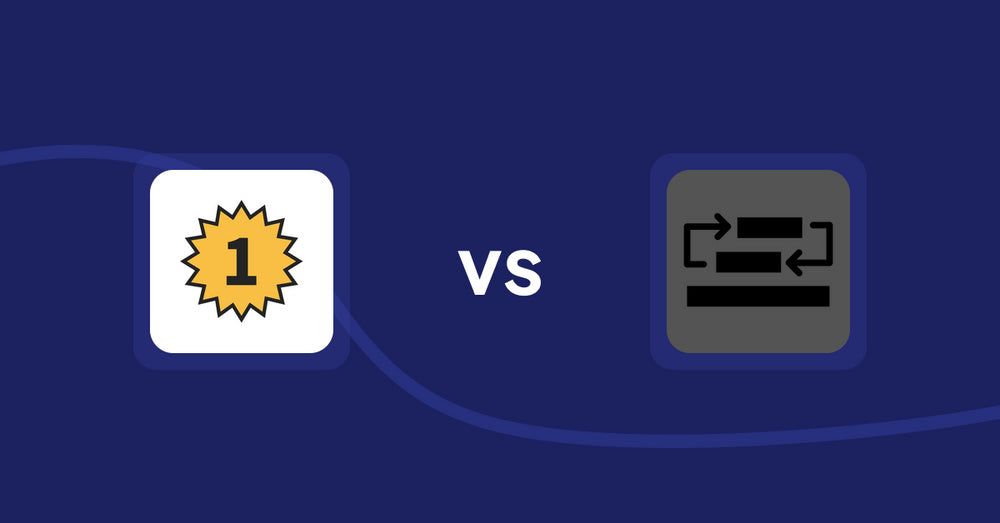
Shopify Product Display Apps: UR: Smart Ranking vs Sortyfi Collection Merchandise
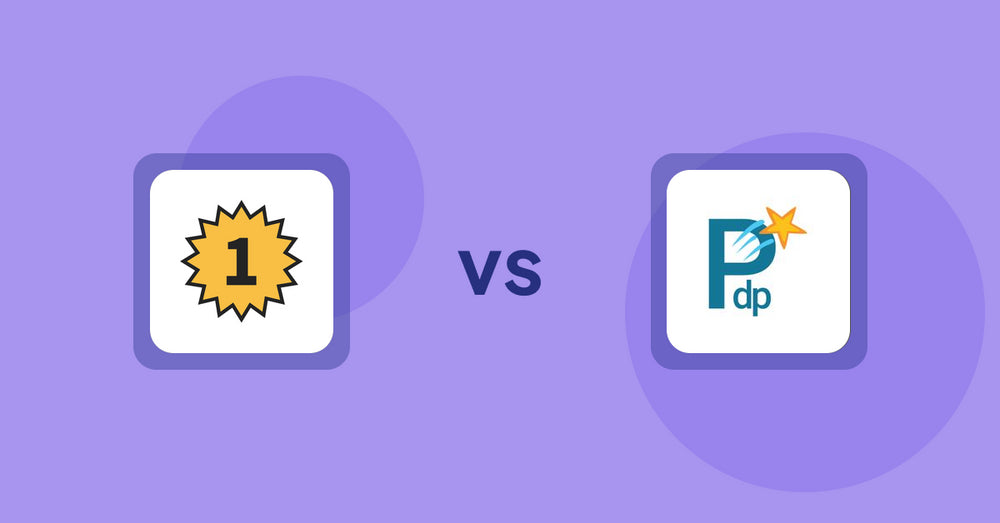
Shopify Product Display Apps: UR: Smart Ranking vs PDP Star
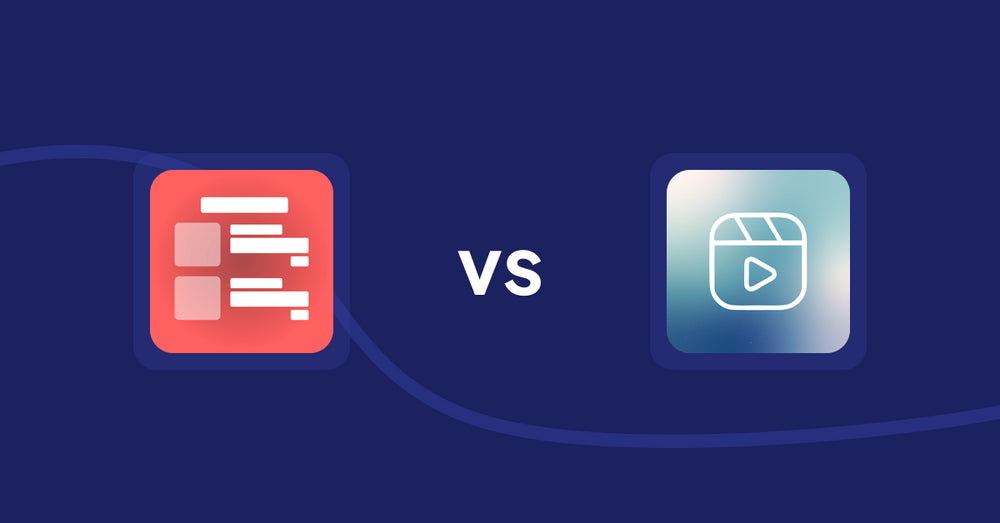
Shopify Product Display Apps: Menulog vs Reelify ‑ Shoppable Reel Video
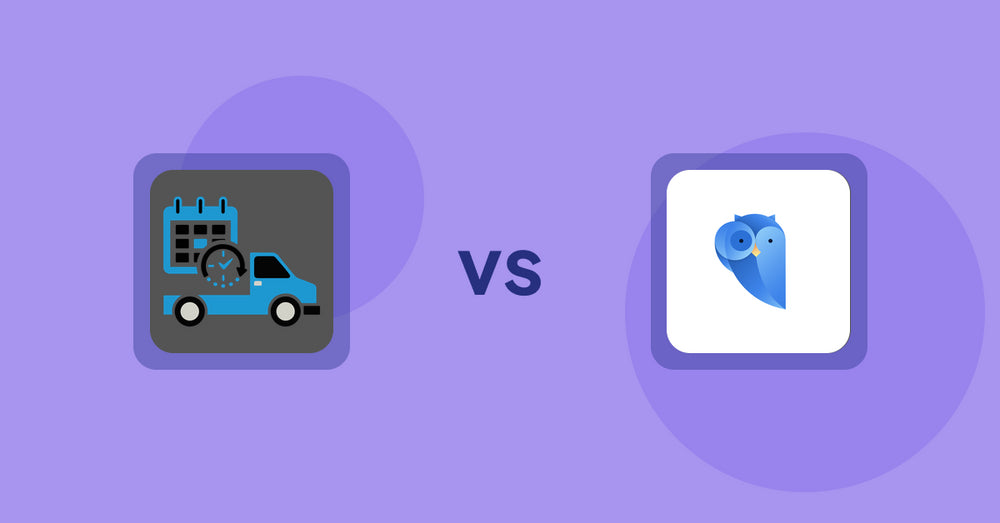
Shopify Product Display Apps: H3 Estimated Delivery vs Findify Search & Merchandise
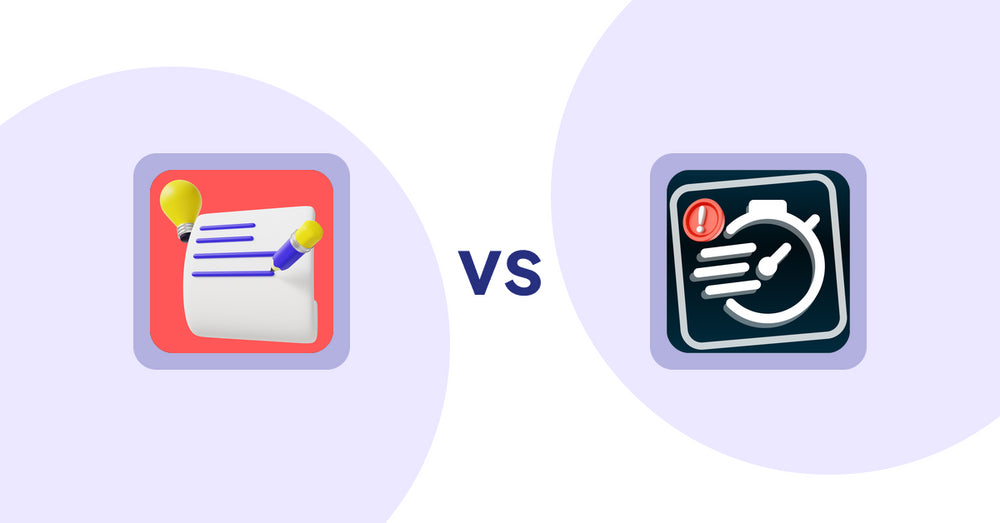
Shopify Product Display Apps: Wordo ‑ ChatGPT AI Description vs Urgency! Low Stock Counter
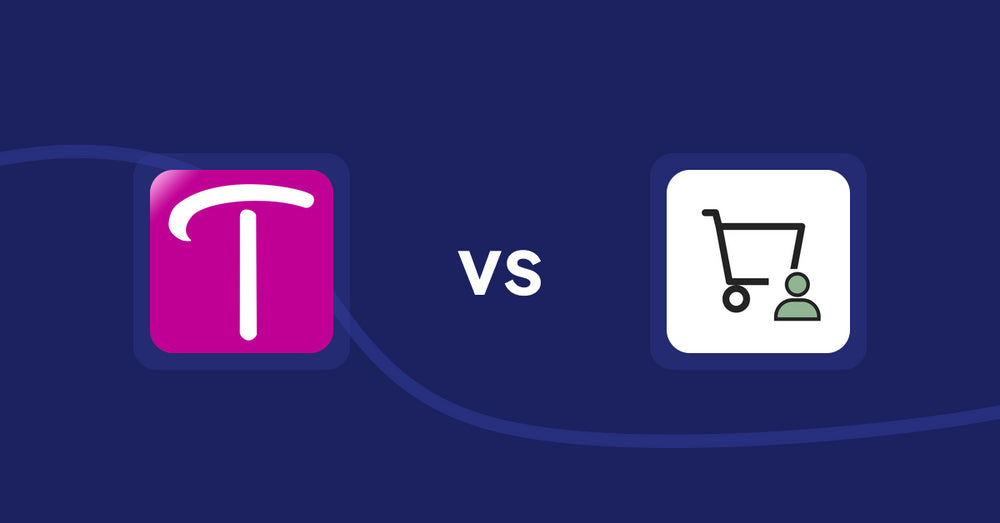
Shopify Product Display Apps: WS Transparency vs シンプル会員注文割引|お手軽ログインセール設定
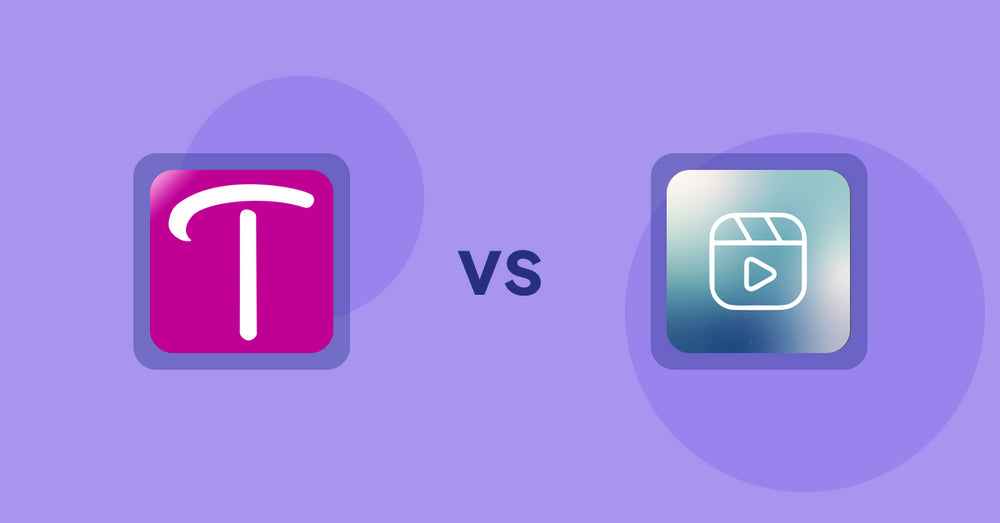
Shopify Product Display Apps: WS Transparency vs Reelify ‑ Shoppable Reel Video
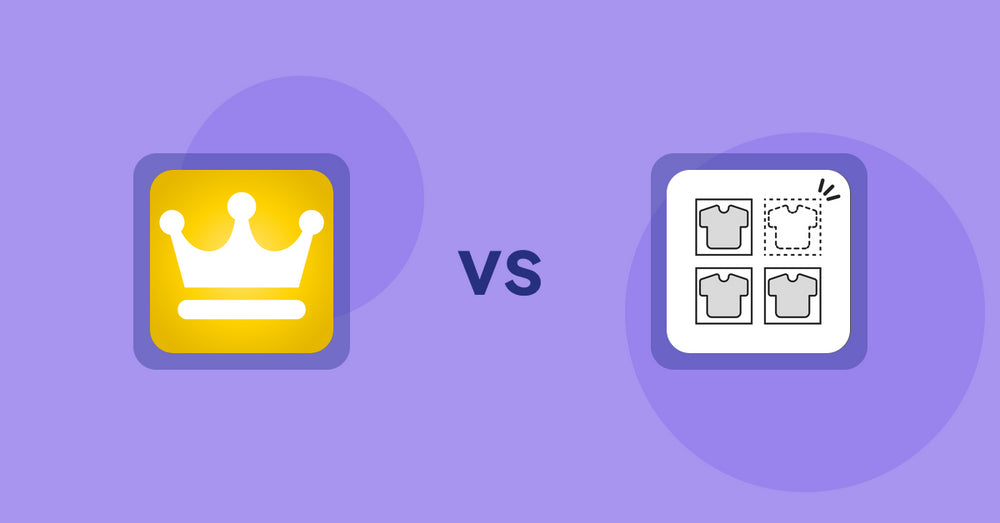
Shopify Product Display Apps: Awesome Ranking vs シンプル売り切れ非表示|在庫切れ商品の表示変更
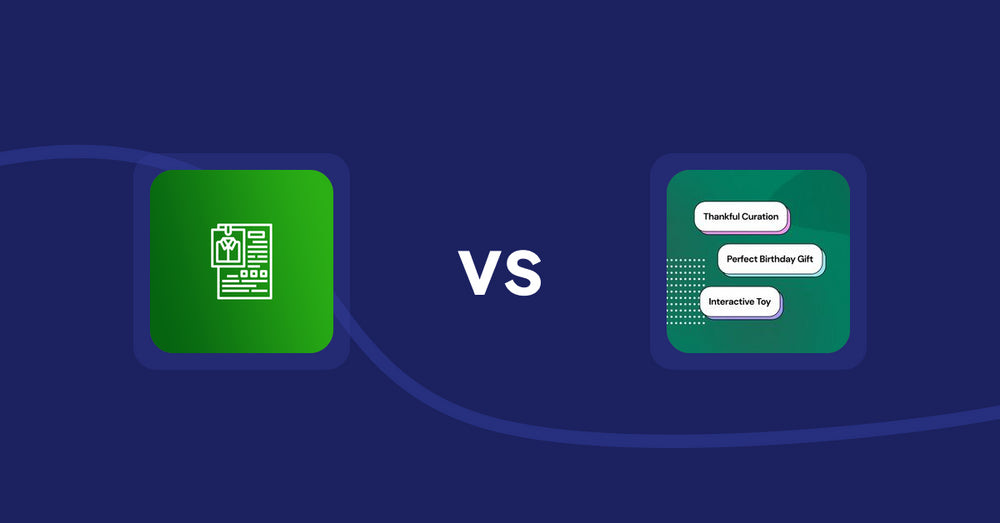
Shopify Product Display Apps: OC Product Size Chart vs FeatureFrame ‑ Pretty Product
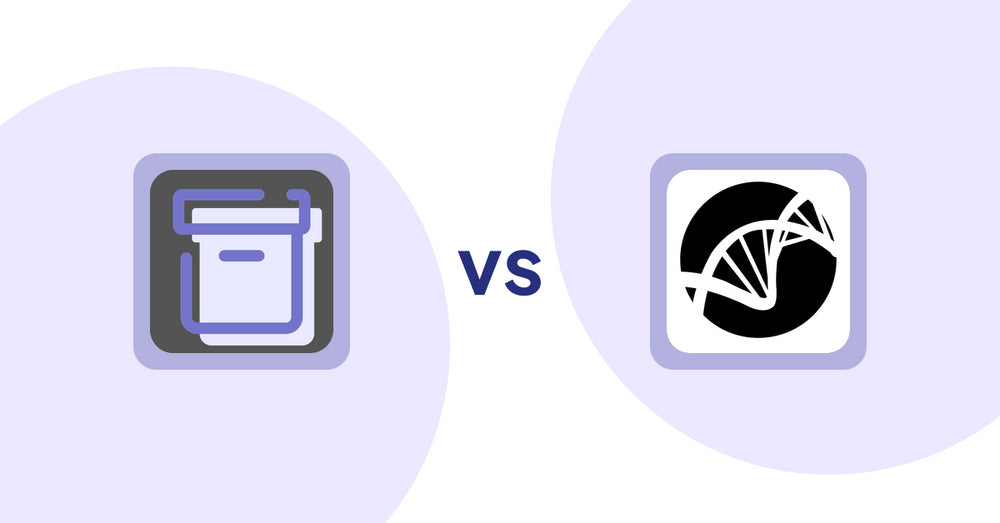
Shopify Product Display Apps: Shelfify vs Bike Matrix
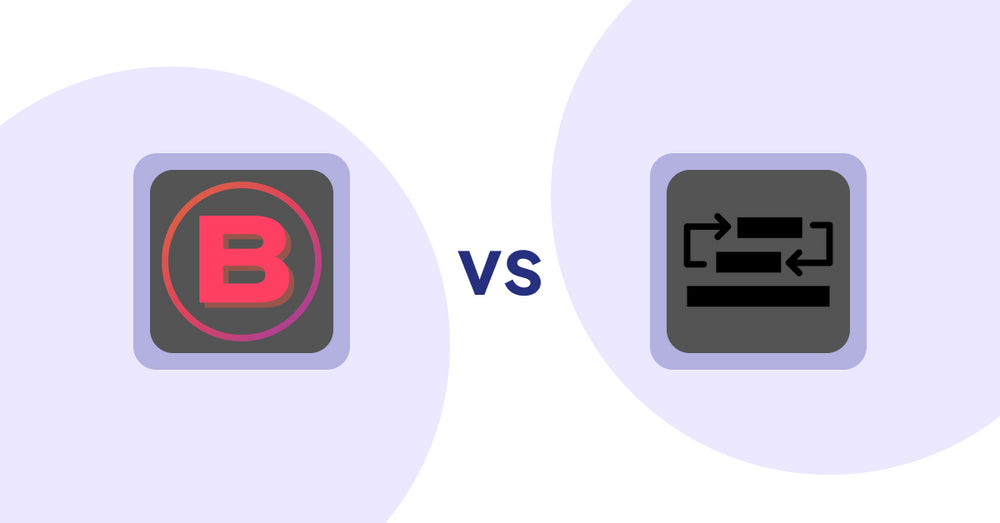
Shopify Product Display Apps: Banter Stories vs Sortyfi Collection Merchandise
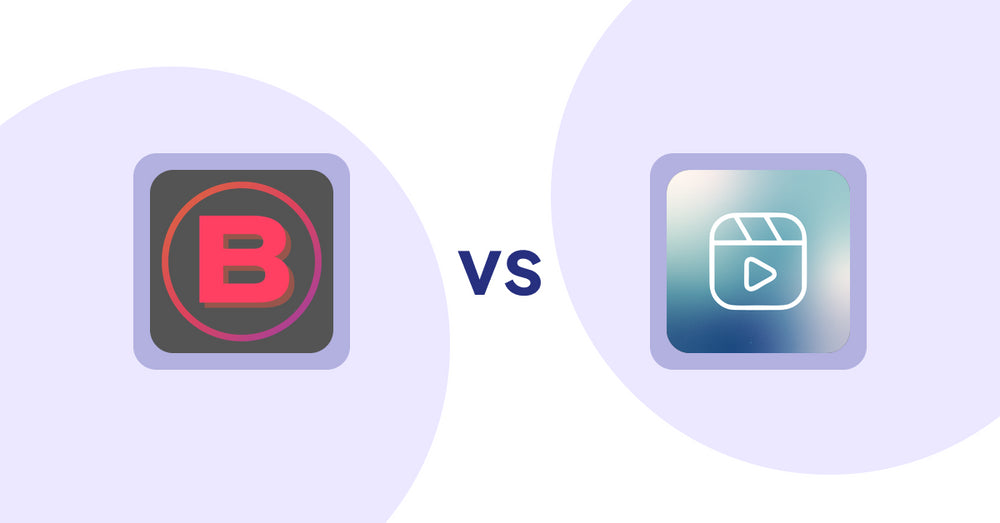
Shopify Product Display Apps: Banter Stories vs. Reelify ‑ Shoppable Reel Video
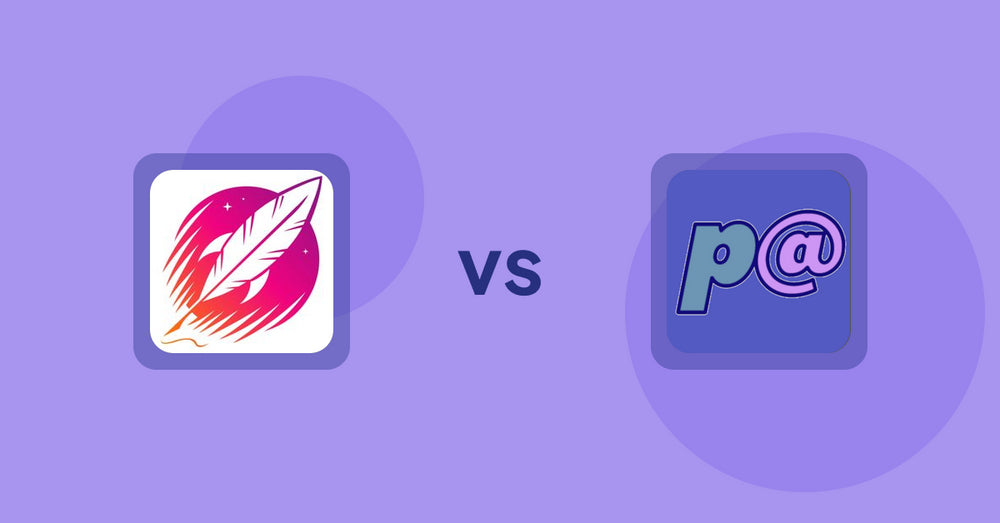
Shopify Product Display Apps: Wordsmith: Content Generator vs Parameterizer
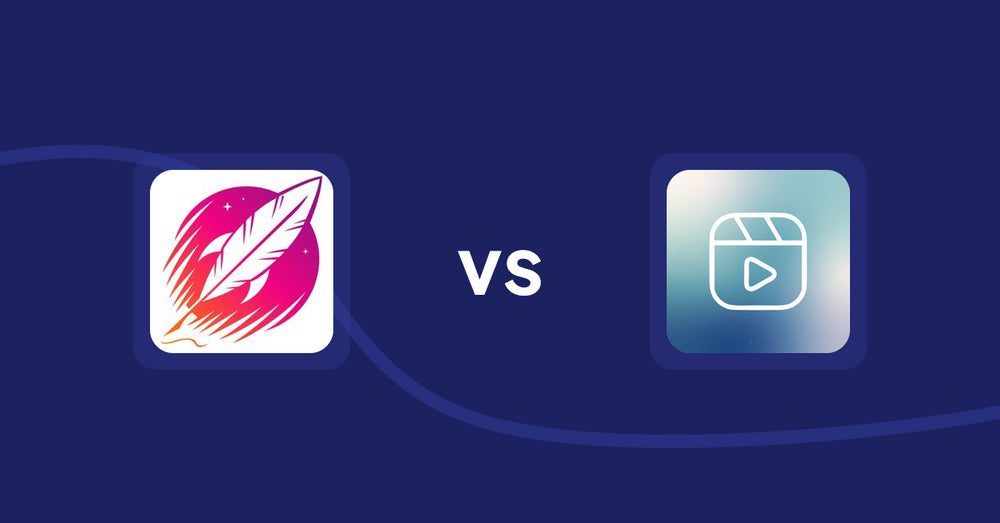
Shopify Product Display Apps: Wordsmith: Content Generator vs Reelify ‑ Shoppable Reel Video
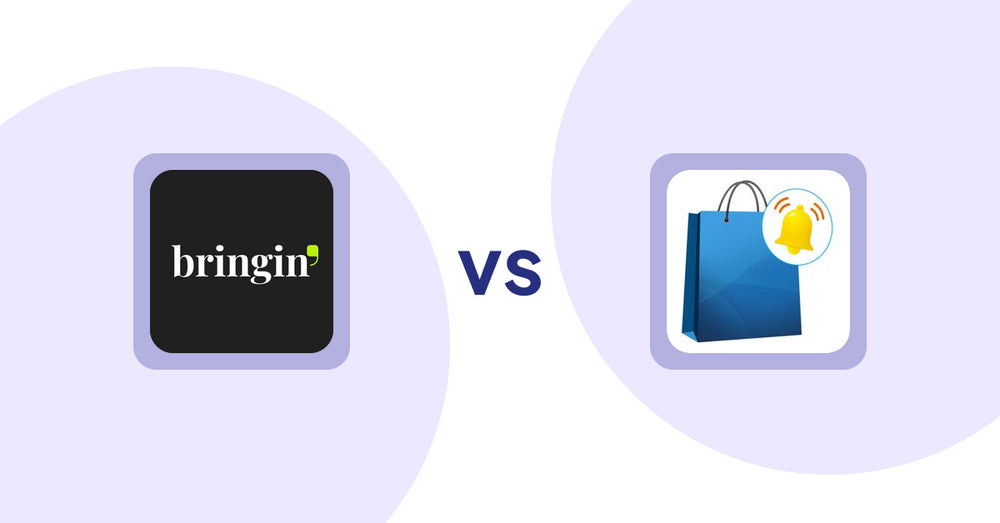
Shopify Product Display Apps: Bringin vs CartBar ‑ Product Purchase Bar
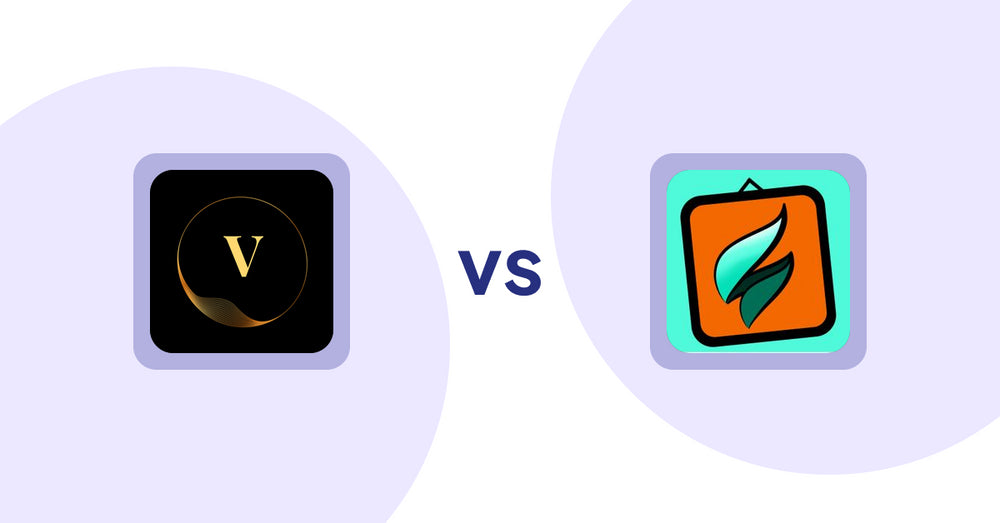
Shopify Product Display Apps: ProductTube vs SMART ‑ Art Product Builder
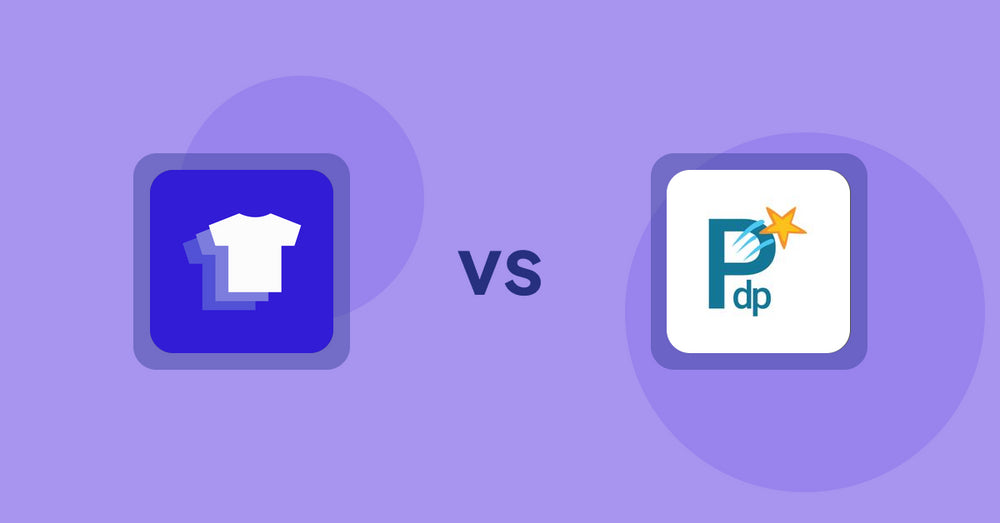
Shopify Product Display Apps: Xpander vs PDP Star
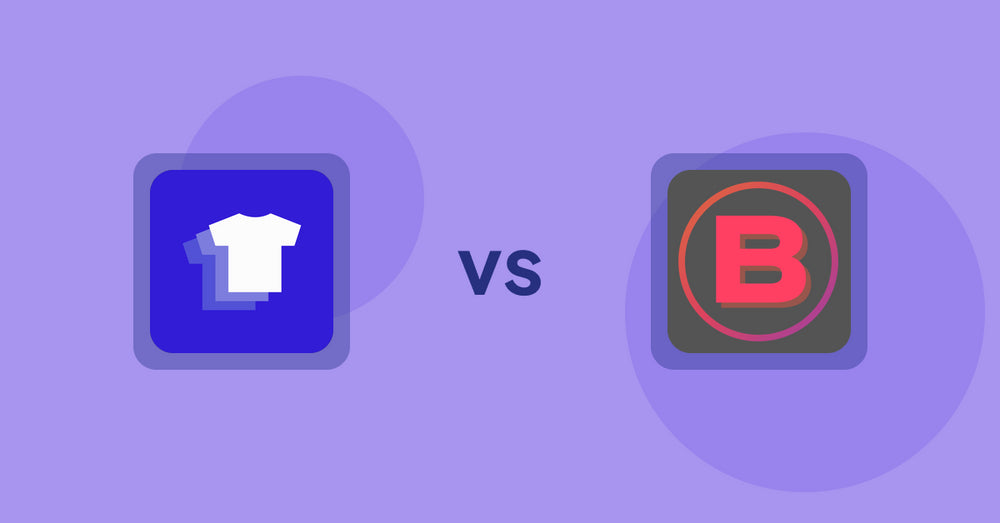
Shopify Product Display Apps: Xpander vs Banter Stories
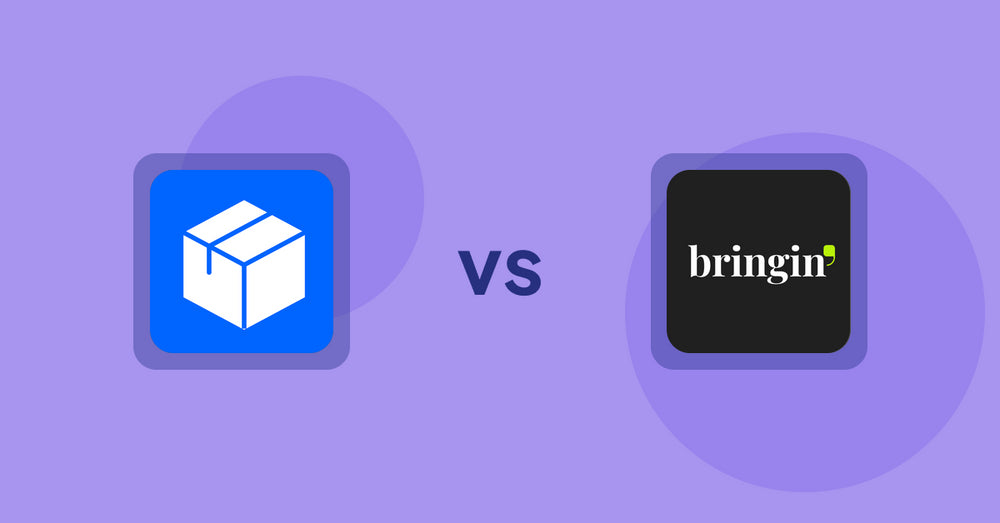
Shopify Product Display Apps: Wonderful Widgets vs Bringin
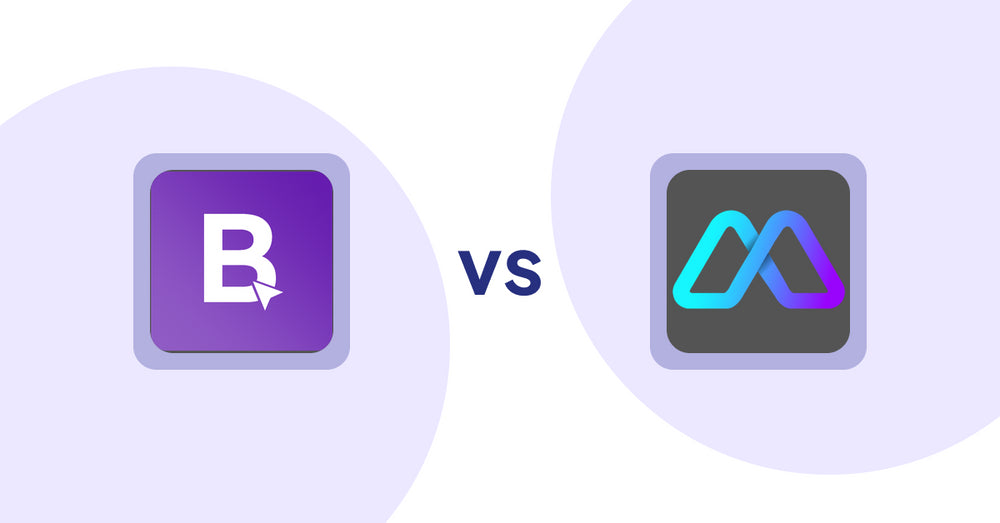
Shopify Product Display Apps: BookE - Rent Property & Service vs Metadrob: Create Virtual Store
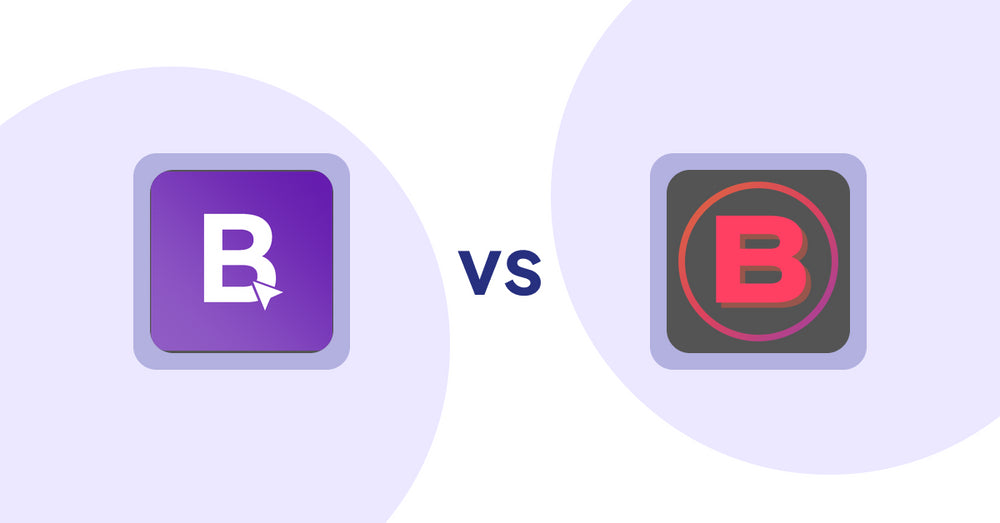
Shopify Product Display Apps: BookE ‑Rent Property & Service vs. Banter Stories
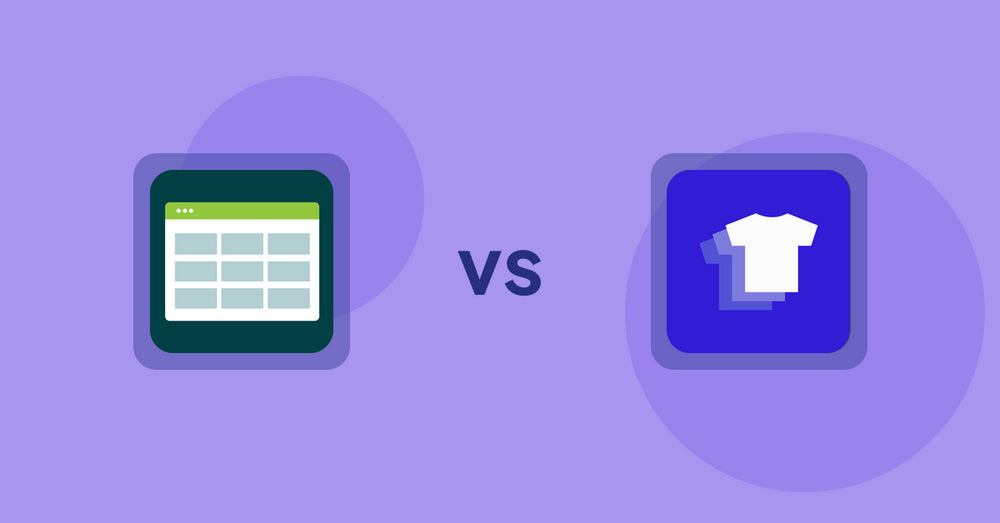
Shopify Product Display Apps: Product Table vs. Xpander
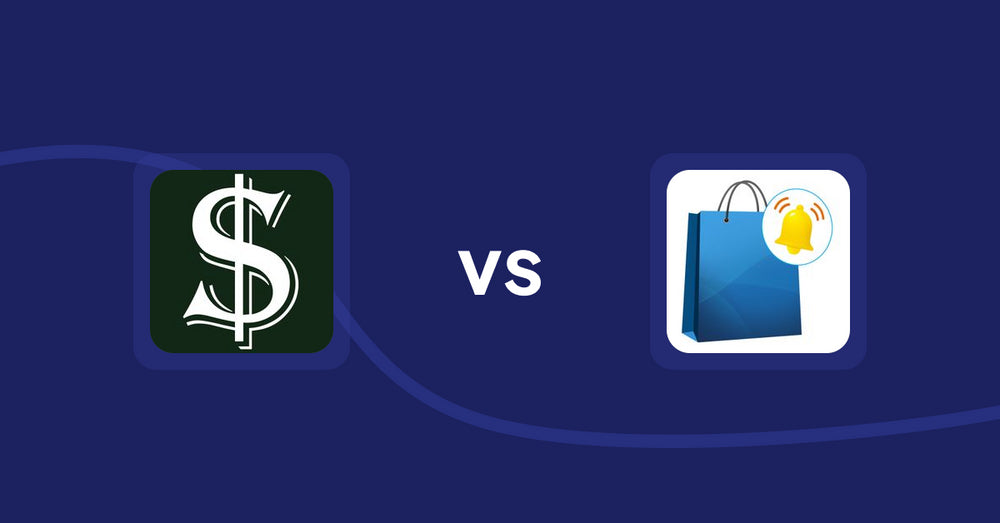
Shopify Product Display Apps: Selling Fast vs CartBar ‑ Product Purchase Bar
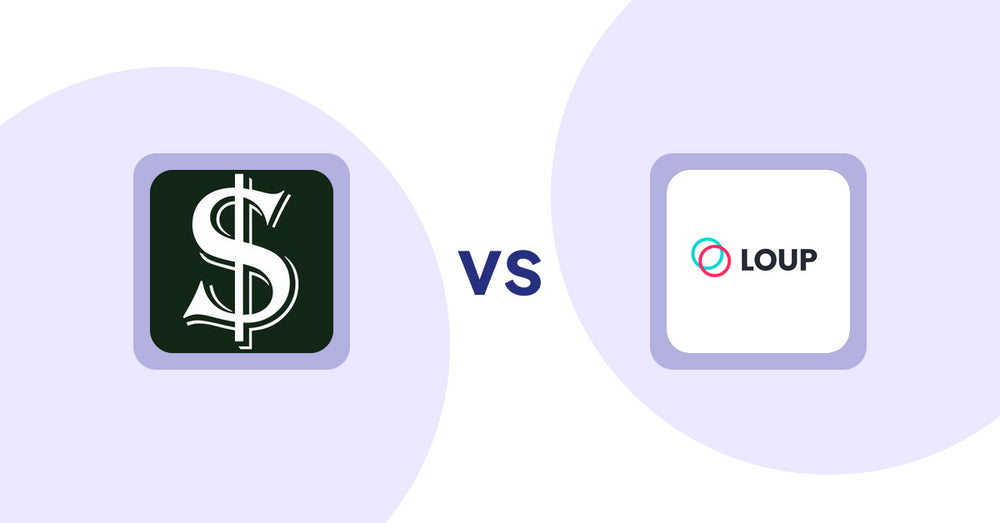
Shopify Product Display Apps: Selling Fast vs. Loup: Sell on Instagram
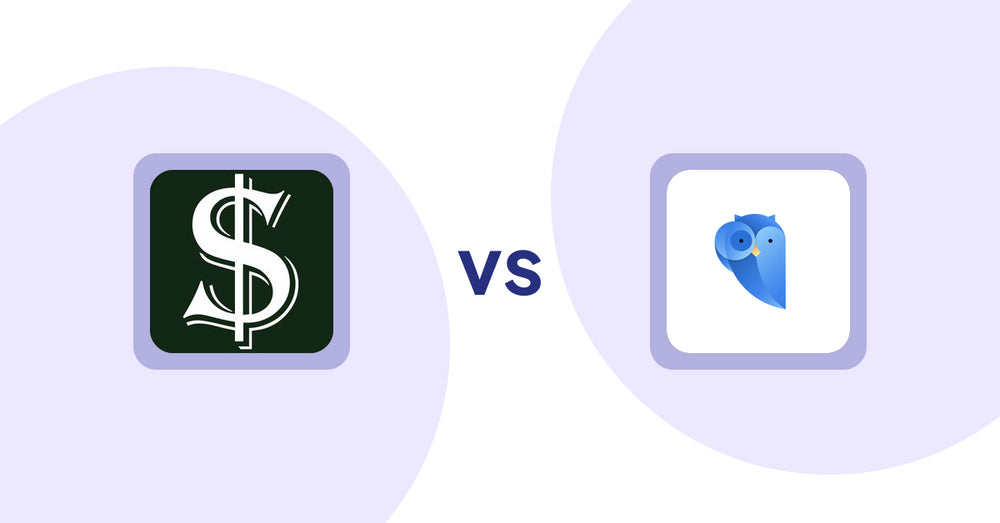
Shopify Product Display Apps: Selling Fast vs. Findify Search & Merchandise
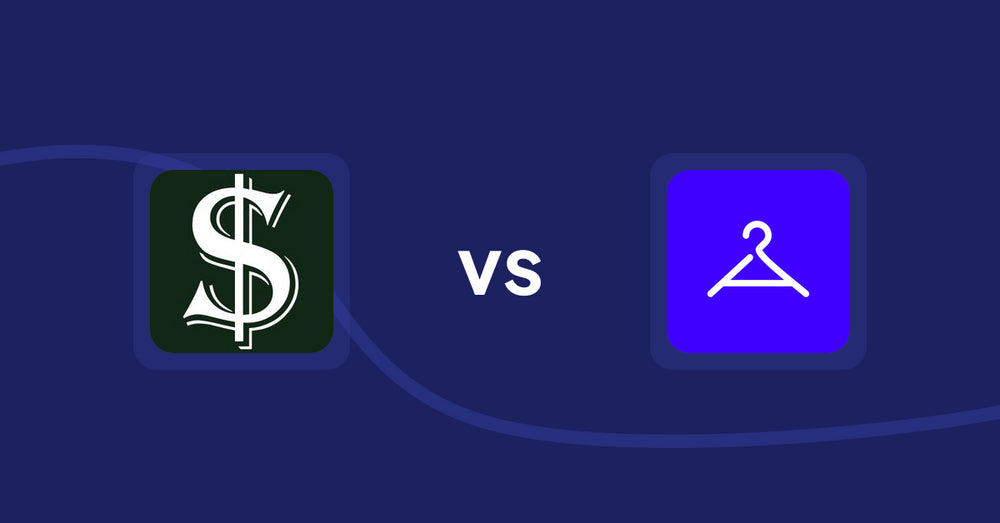
Shopify Product Display Apps: Selling Fast vs. Aiuta
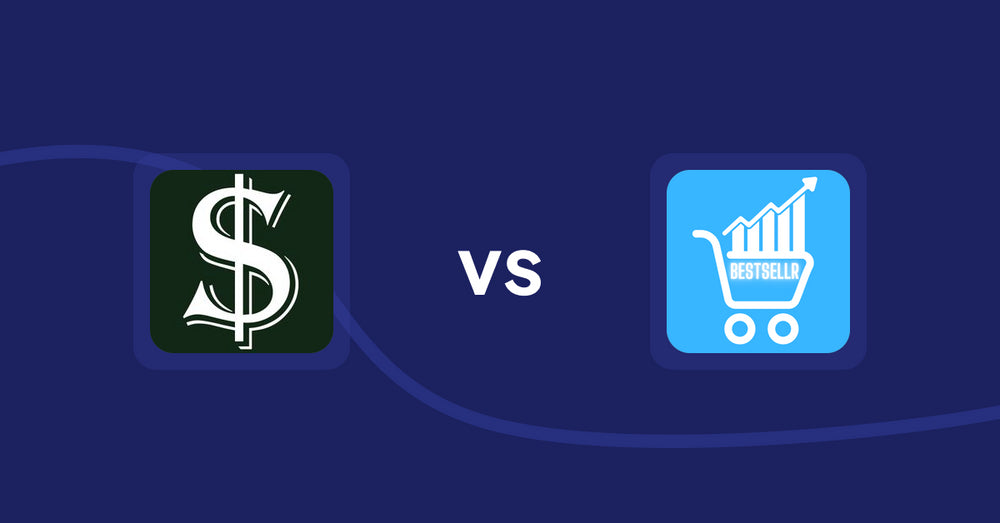
Shopify Product Display Apps: Selling Fast vs Bestsellr
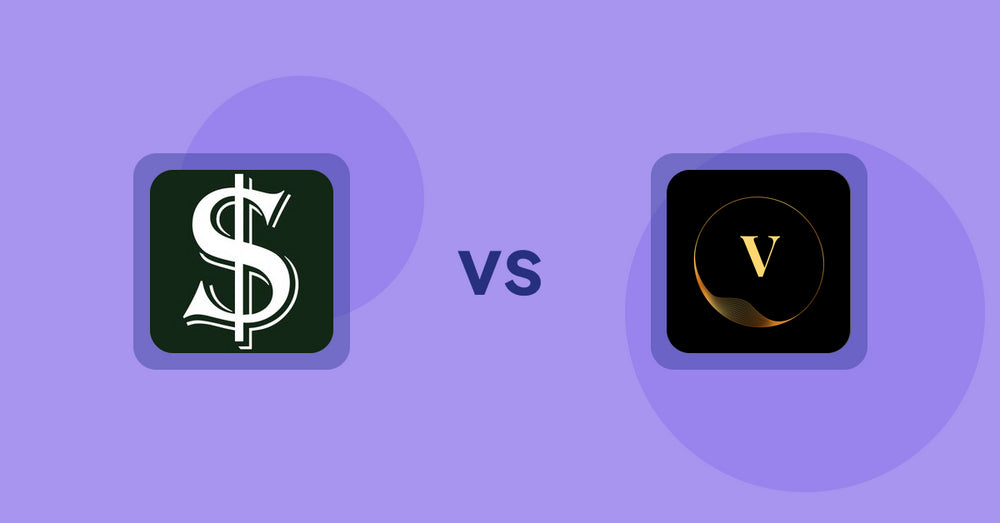
Shopify Product Display Apps: Selling Fast vs ProductTube
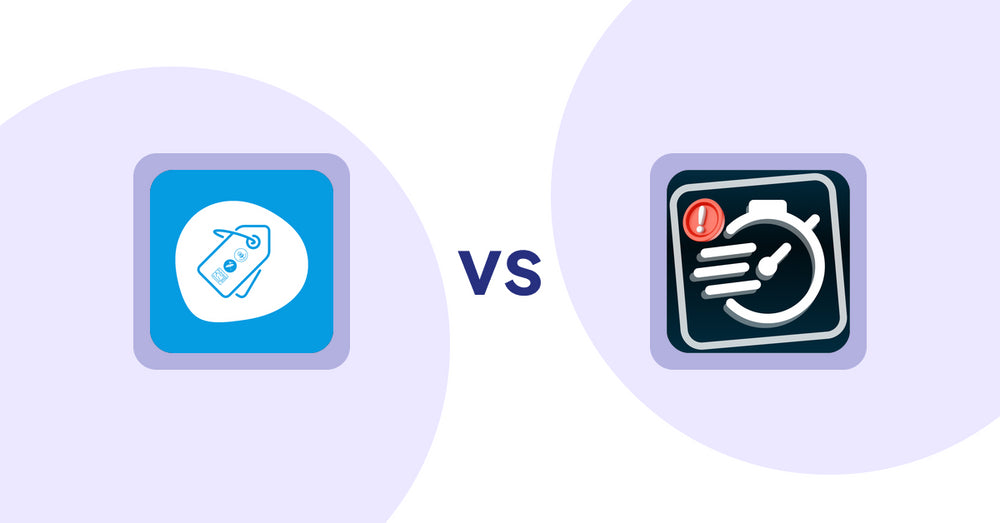
Shopify Product Display Apps: Extendons Product Tag Images vs Urgency! Low Stock Counter
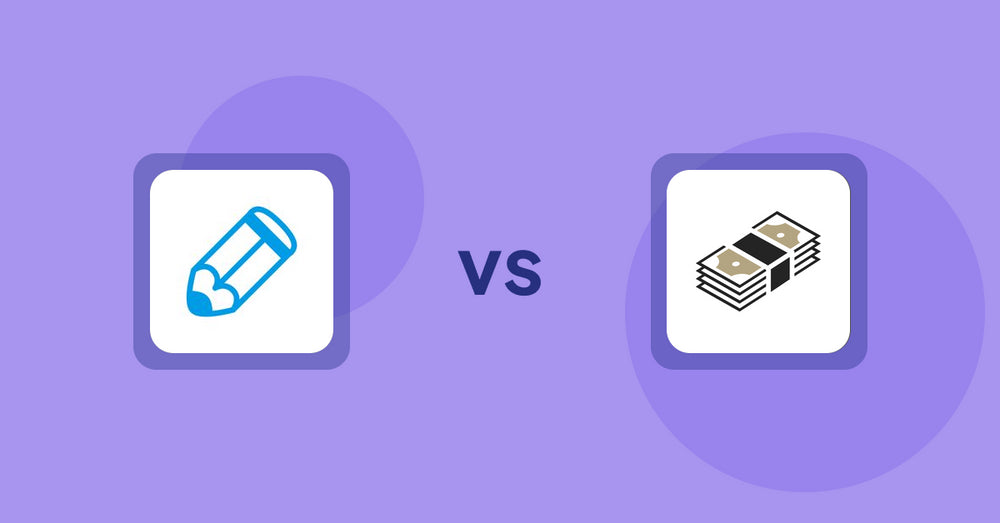
Shopify Product Display Apps: Writer Sofia vs シンプルクラウドファンディング|お手軽自社クラファン
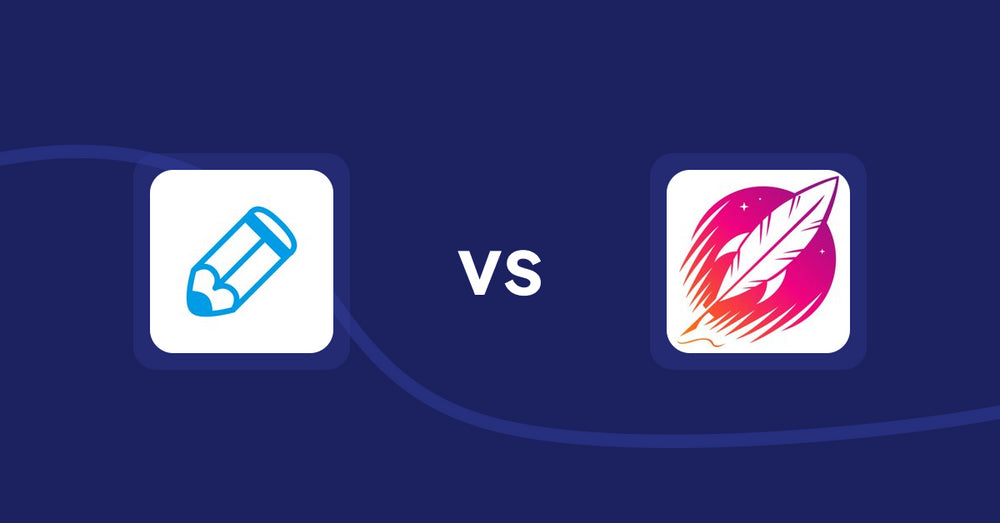
Shopify Product Display Apps: Writer Sofia vs Wordsmith: Content Generator
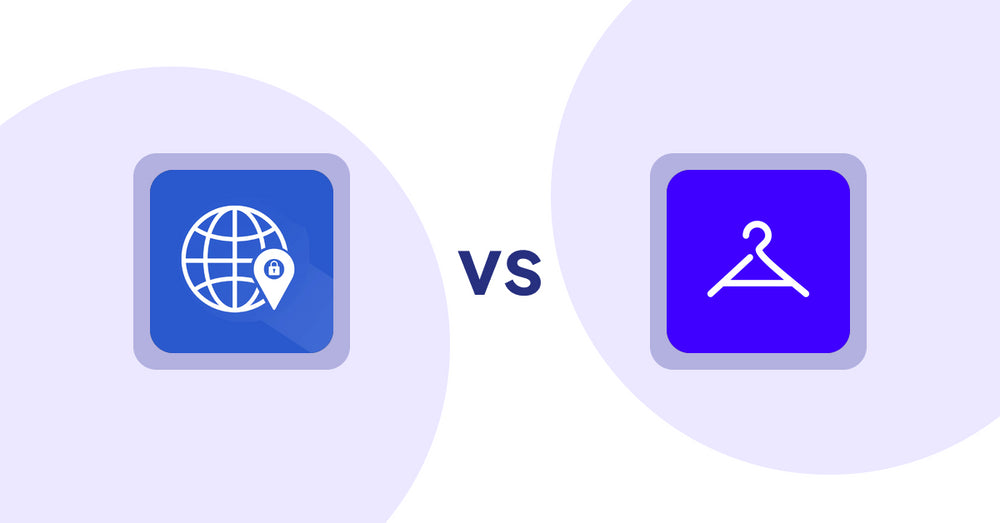
Shopify Product Display Apps: Addify ‑ Country Restrictions vs Aiuta
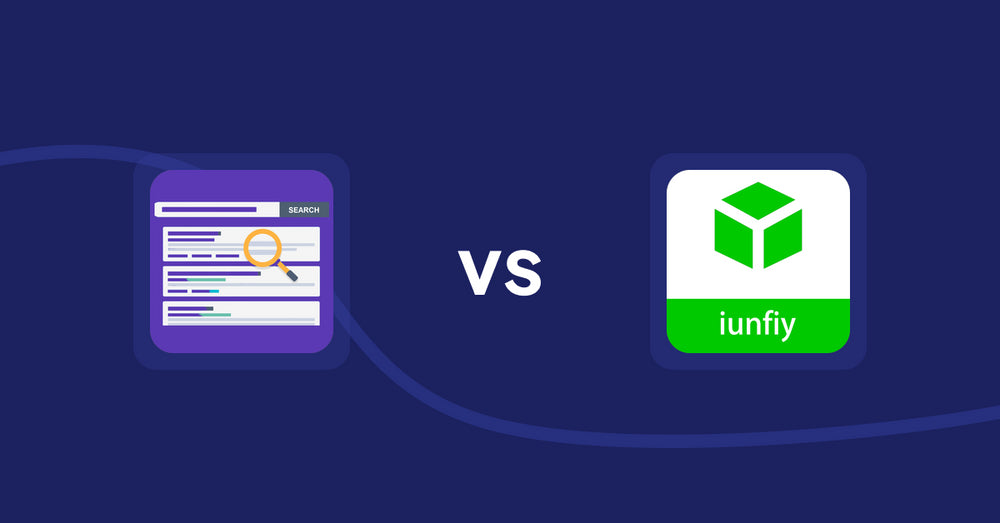
Shopify Product Display Apps: Spark AI Products Description vs iunfiy • Related Products
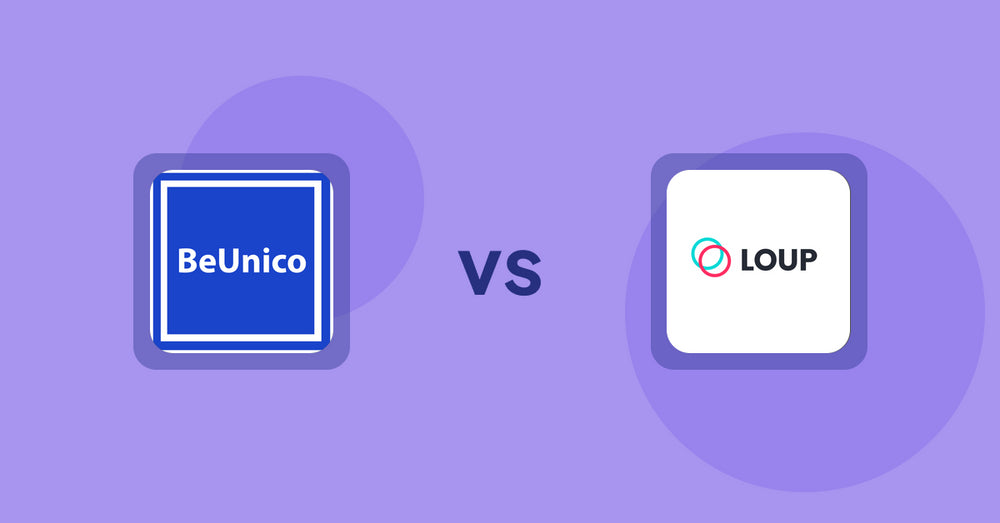
Shopify Product Display Apps: BeUnico vs Loup: Sell on Instagram
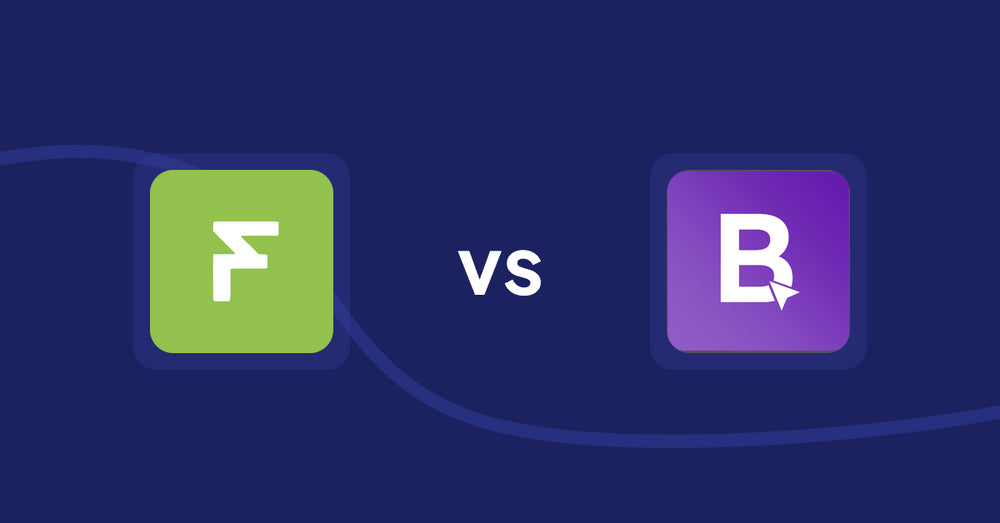
Shopify Product Display Apps: Easy Estimate Shipping vs BookE ‑Rent Property & Service
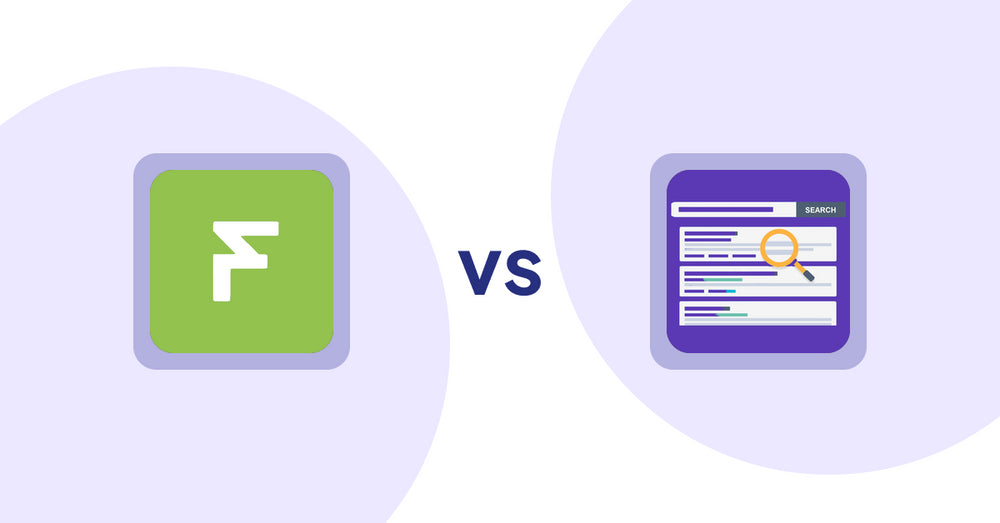
Shopify Product Display Apps: Easy Estimate Shipping vs. Spark AI Products Description
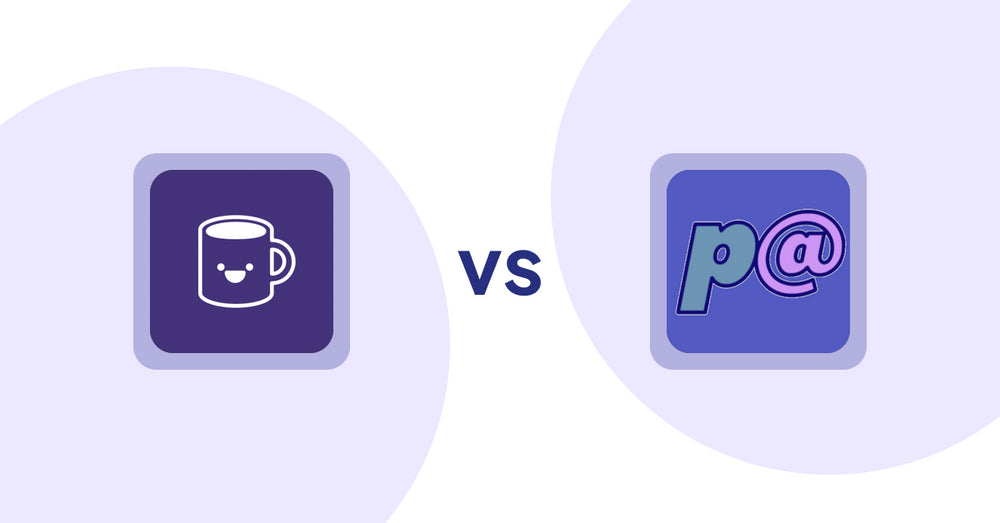
Shopify Product Display Apps: Mugshot Bot vs Parameterizer
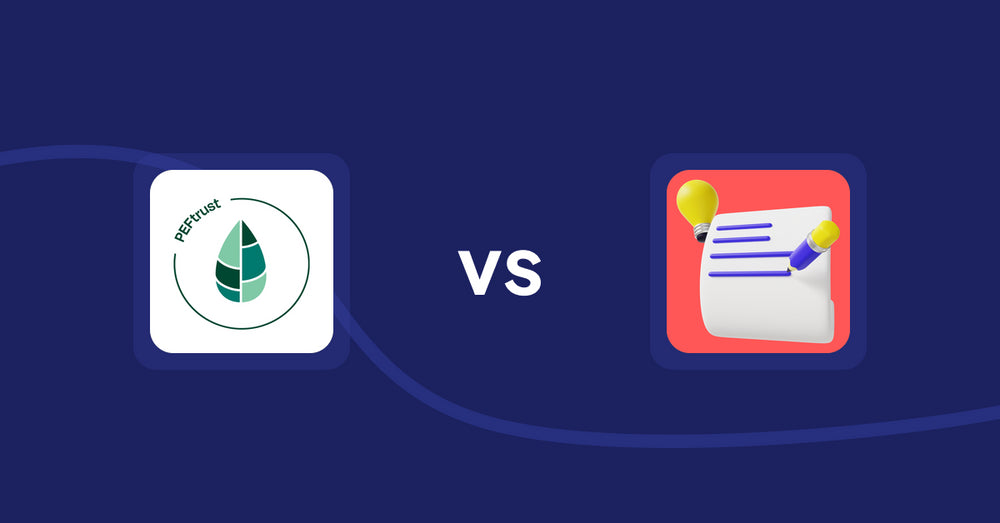
Shopify Product Display Apps: Peftrust vs. Wordo ‑ ChatGPT AI Description
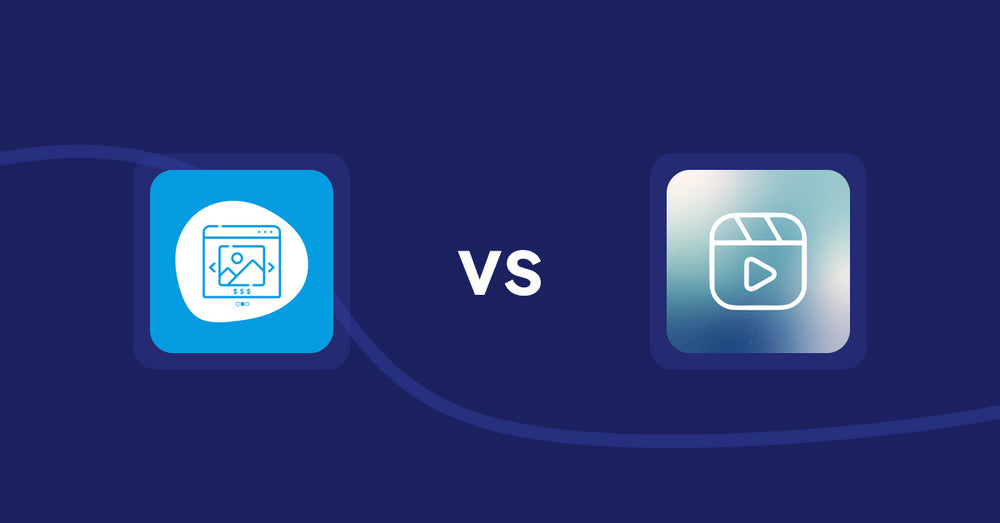
Shopify Product Display Apps: Quick Product Navigator Slide vs Reelify ‑ Shoppable Reel Video
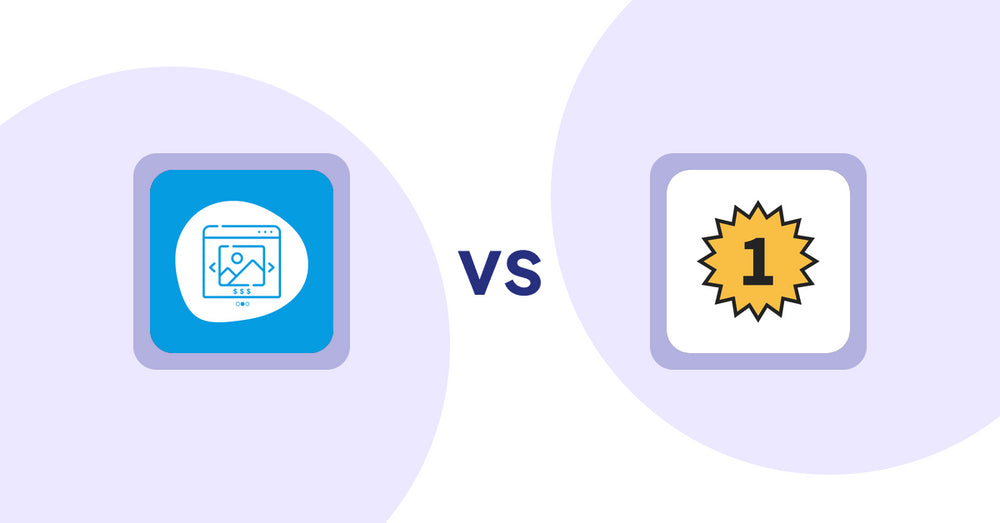
Shopify Product Display Apps: Quick Product Navigator Slide vs. UR: Smart Ranking
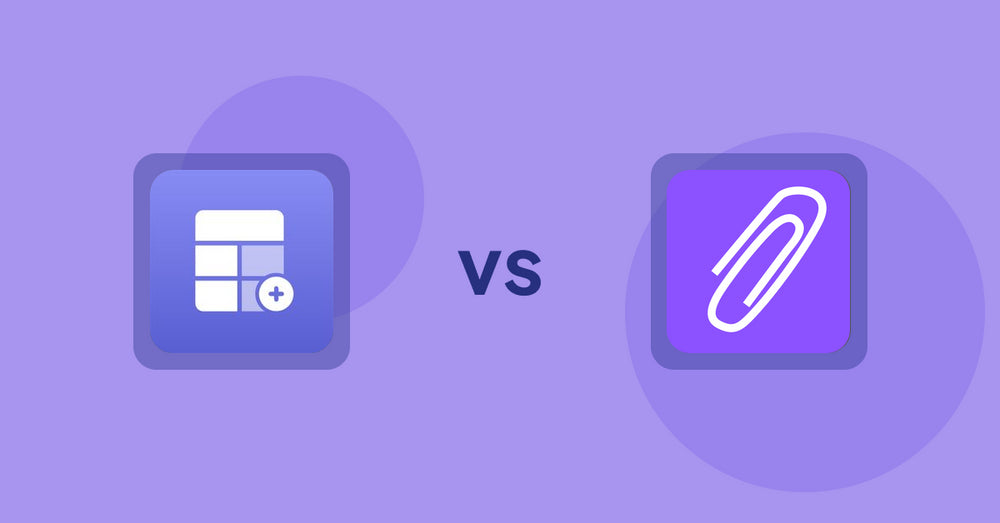
Shopify Product Display Apps: Eazy Specification Tags Table vs Agile Attachments
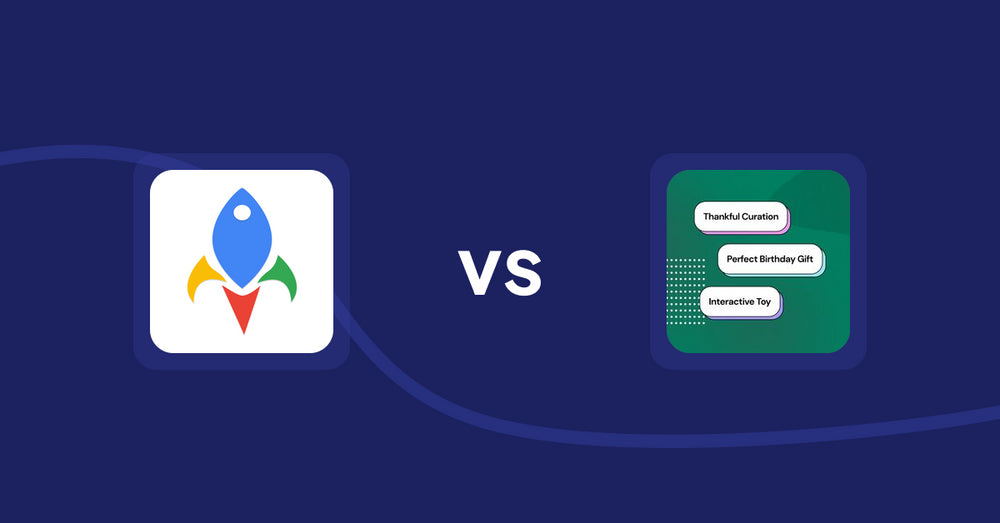
Shopify Product Display Apps: Jedi Back In Stock Admin Alert vs FeatureFrame ‑ Pretty Product
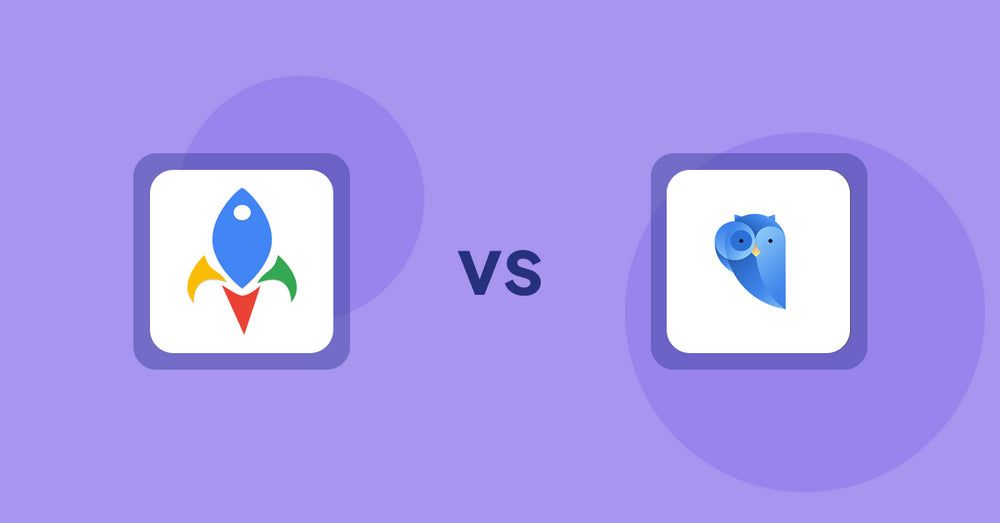
Shopify Product Display Apps: Jedi Back In Stock Admin Alert vs. Findify Search & Merchandise
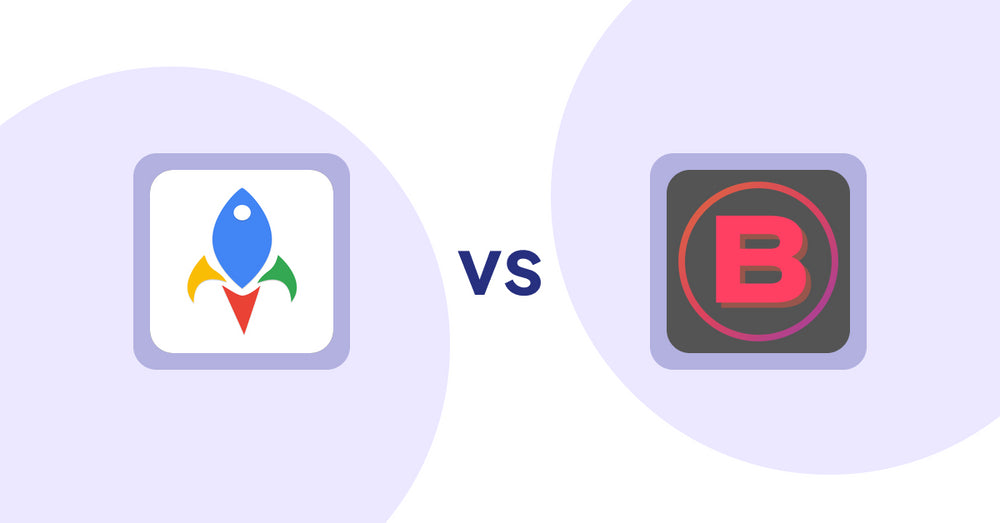
Shopify Product Display Apps: Jedi Back In Stock Admin Alert vs Banter Stories
